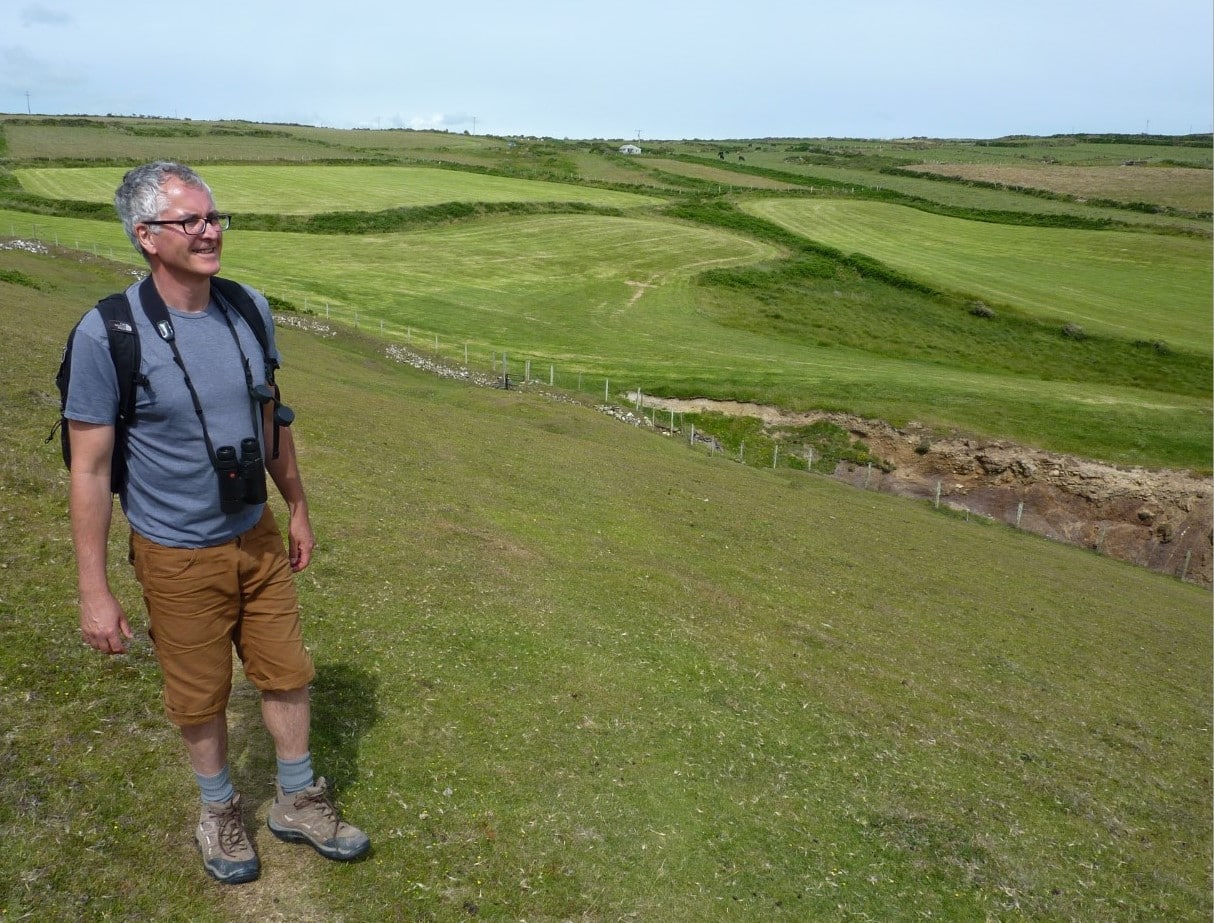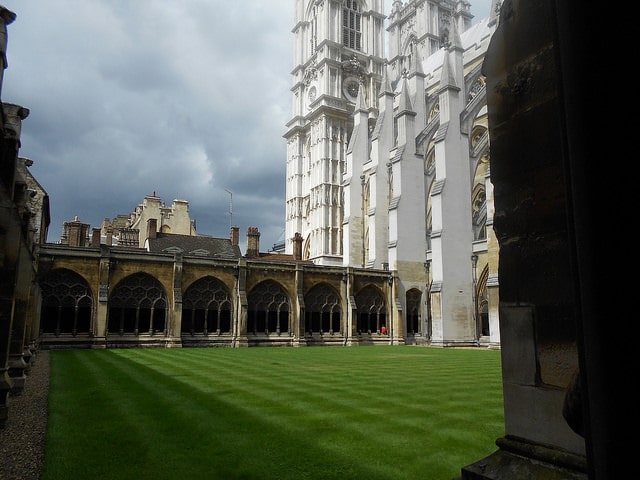GiGL’s Board of Directors are central to our work and our success. Their commitment and expertise helps guide GiGL and keeps us moving forward and developing. Directors are on the front line of biodiversity and open space work in the capital. They are GiGL service users and contribute information to our database, as well as serving as ambassadors for GiGL.
Jon joined GiGL’s Board in October 2018. As well as his position of GiGL Director he is Technical Director (Innovation and Delivery) for The Ecology Consultancy.

Town or countryside?
I love the landscape and weather in southwest England as well as the diversity of London, especially Peckham where I live – so town for now.
Summer or winter?
Summer.
Early bird or night owl?
Night owl – I can’t really think before midday.
Outdoor or indoors?
Outdoors, in contrast to desk-based work.
Plants or animals?
Plants, but actually habitats; the associations of plants in different places is beautiful and fascinating.
What species is closest to your heart and why?
This varies but today it’s pink river dolphins.
What is your favourite Greater London open space and why?
The Cloisters gardens in Westminster Abbey, because the gardens allow you to enjoy the building and have an amazing feeling of age and privacy.

The Cloisters garden in Westminster Abbey © Creative Commons
Who or what inspires you?
People who take responsibility for things and improve life.
What might someone be surprised to learn about you?
I survived a minor avalanche in Pakistan.
How did you first get involved with / hear about GiGL?
Many years ago, working for GIGL, I digitized lots of the boundaries of Sites of Importance for Nature Conservation in London – it took forever. Mandy (GiGL CEO) was my boss back then and it was great to work with GiGL soon after it was formed.
What past experiences will you draw upon in your work for the GiGL Board?
As a London-based ecological consultant, I’ve used GiGL’s services for many years and have been impressed by the increase in scale and scope of the services we provide. I hope I can contribute by increasing the uptake of data in development projects and finding new applications for data in planning, design and nature conservation in London.
What do you think are the biggest challenges and opportunities for biodiversity in Greater London? What future role do you see for GiGL and other Local Environmental Records Centres?
I hope that the emphasis on multifunctional services from nature will make the natural world more accessible and relevant to Londoners, and encourage people’s appreciation of nature for its own sake and the inspiration it gives. The great opportunity for records centres, already fulfilled in many respects, is that the data they manage can be used for a range of practical purposes but also purely for research and enjoyment.
